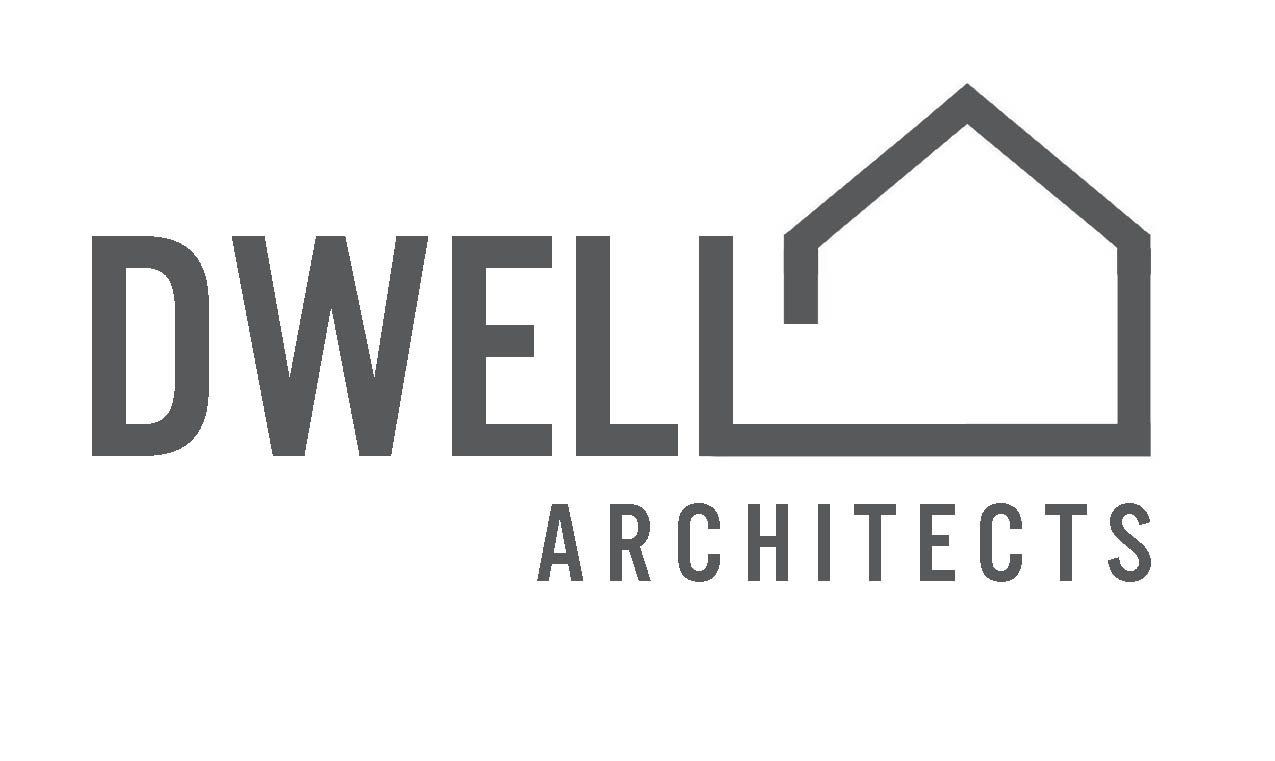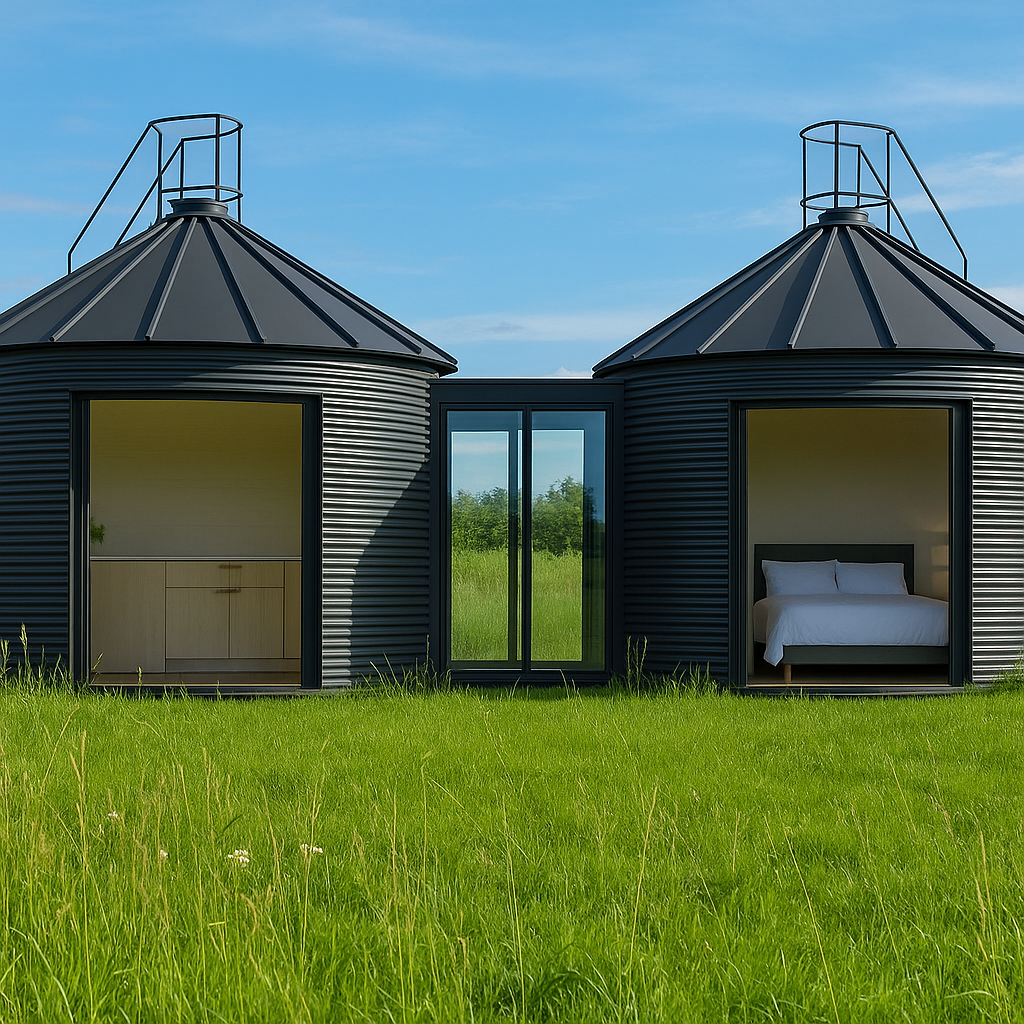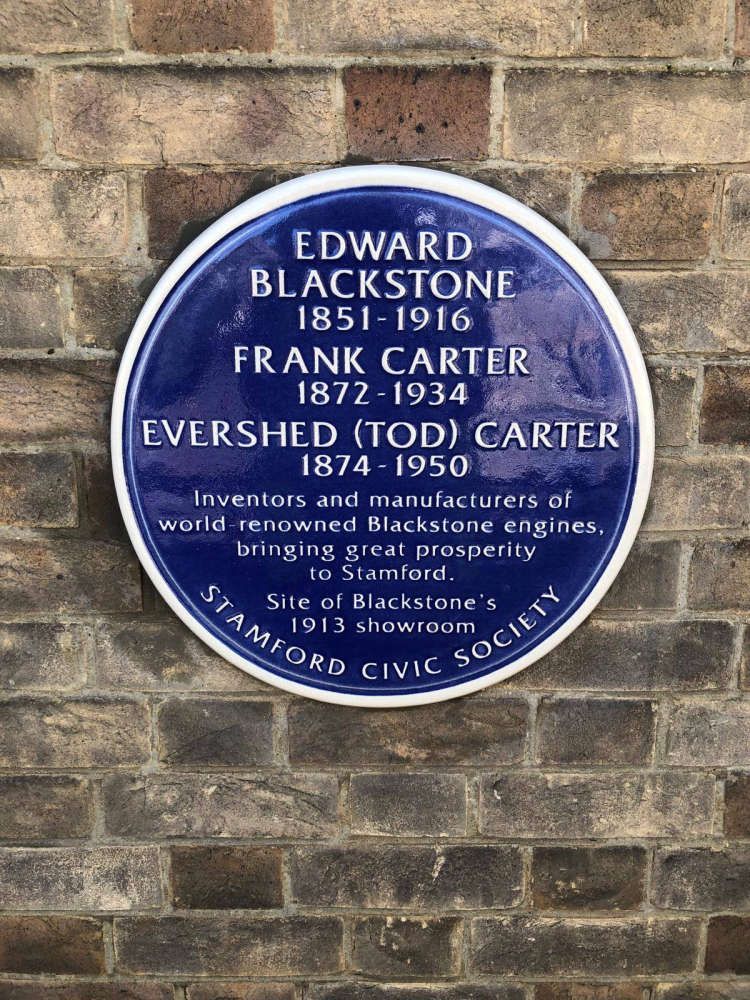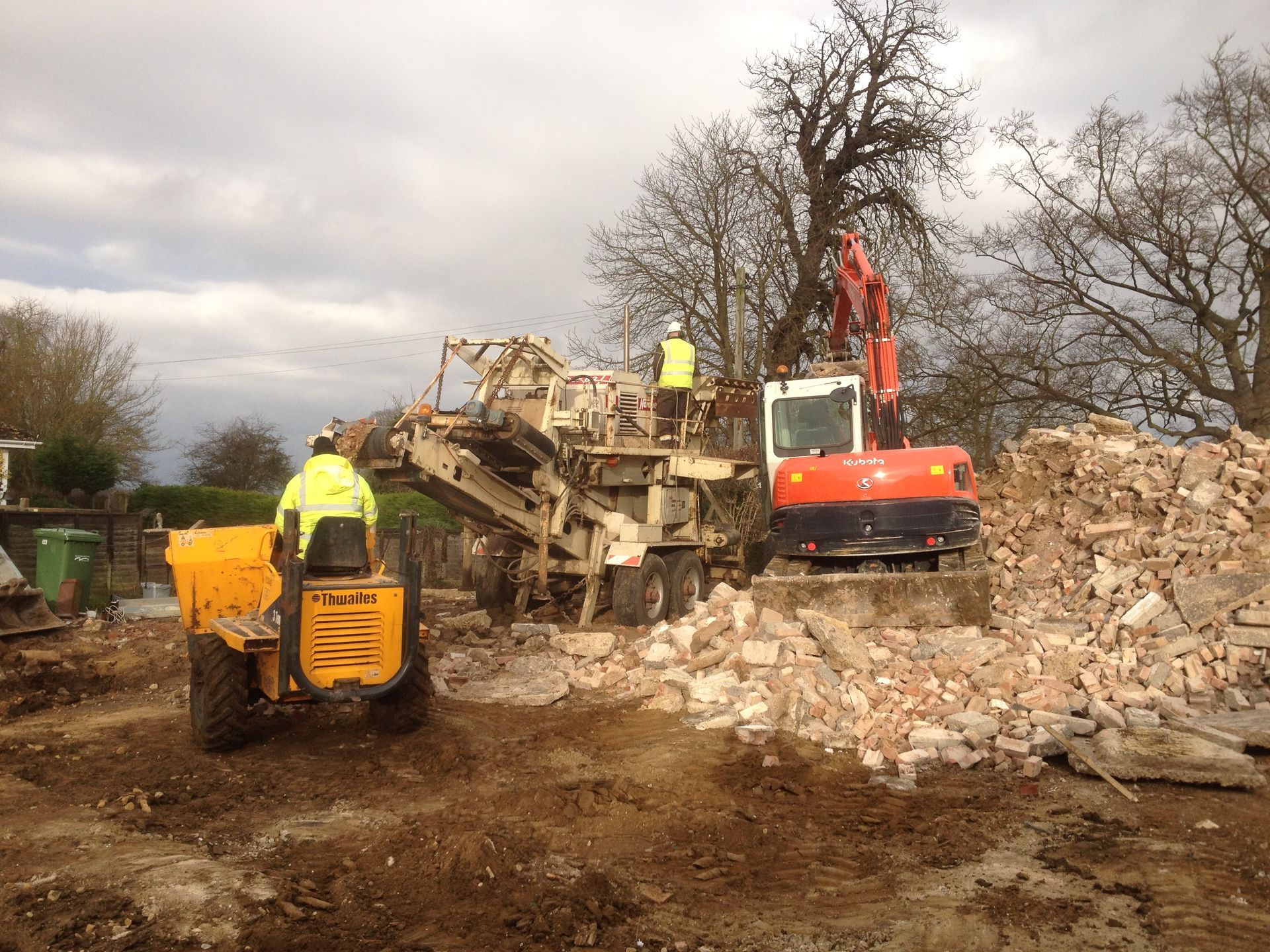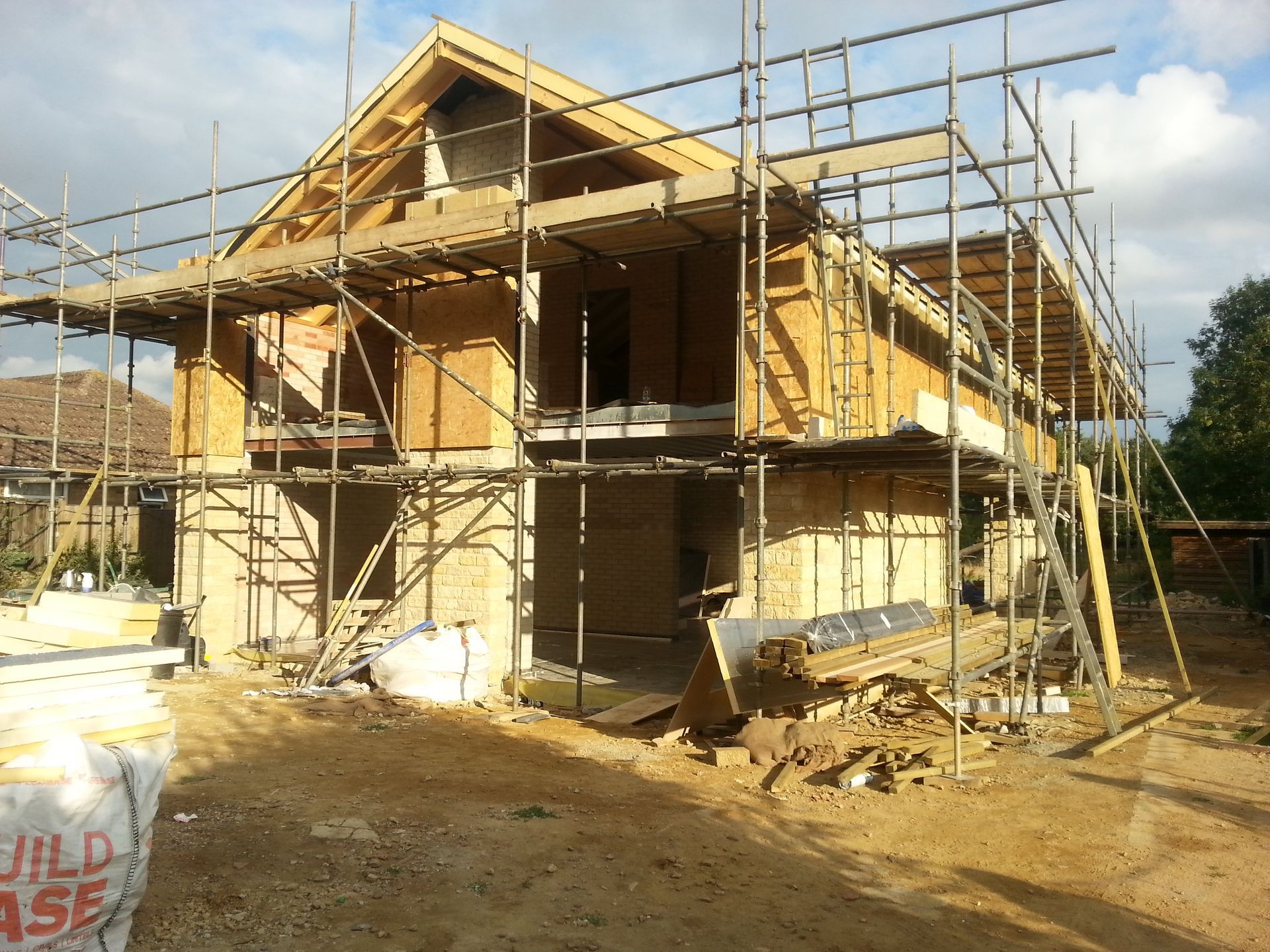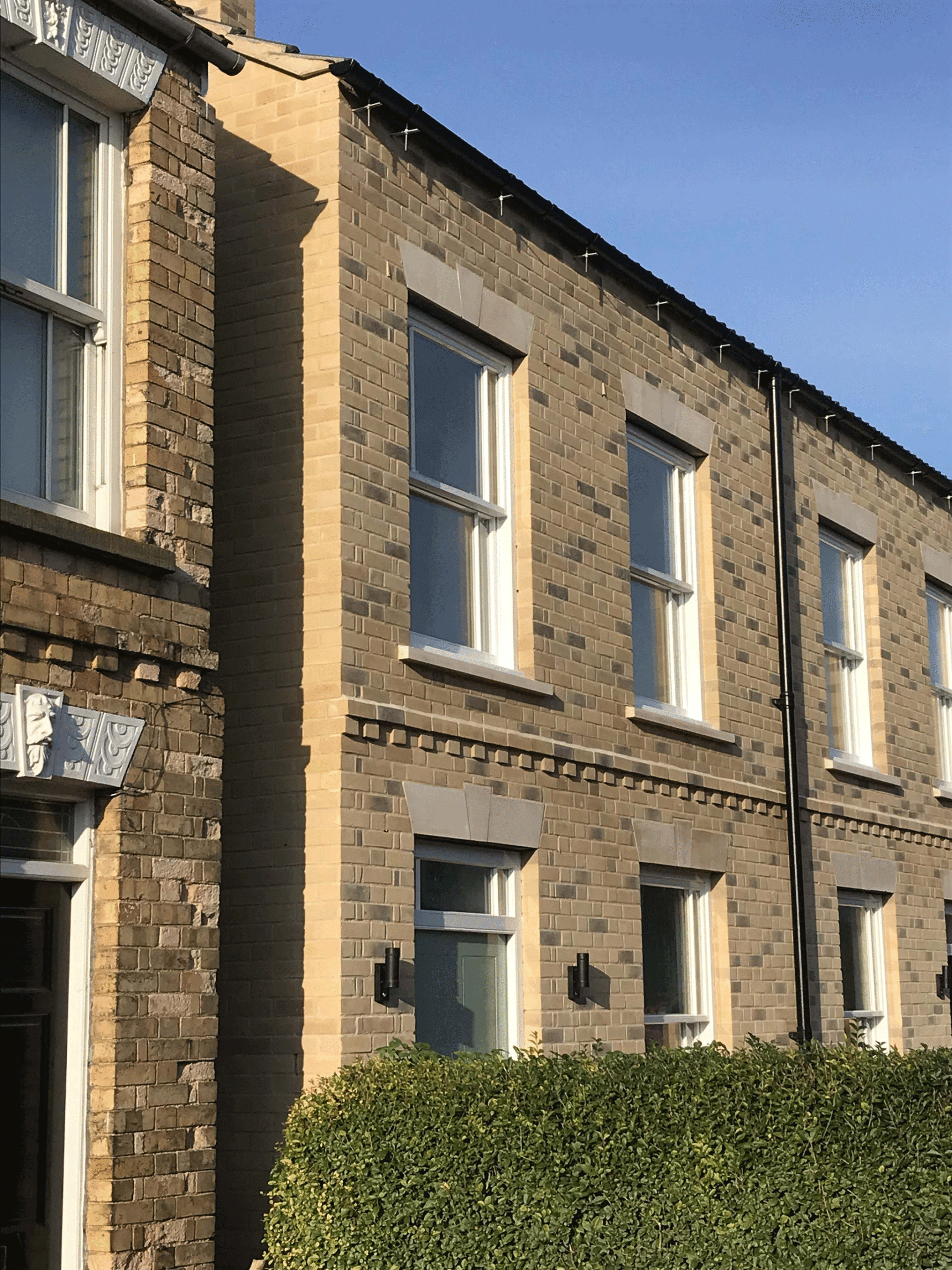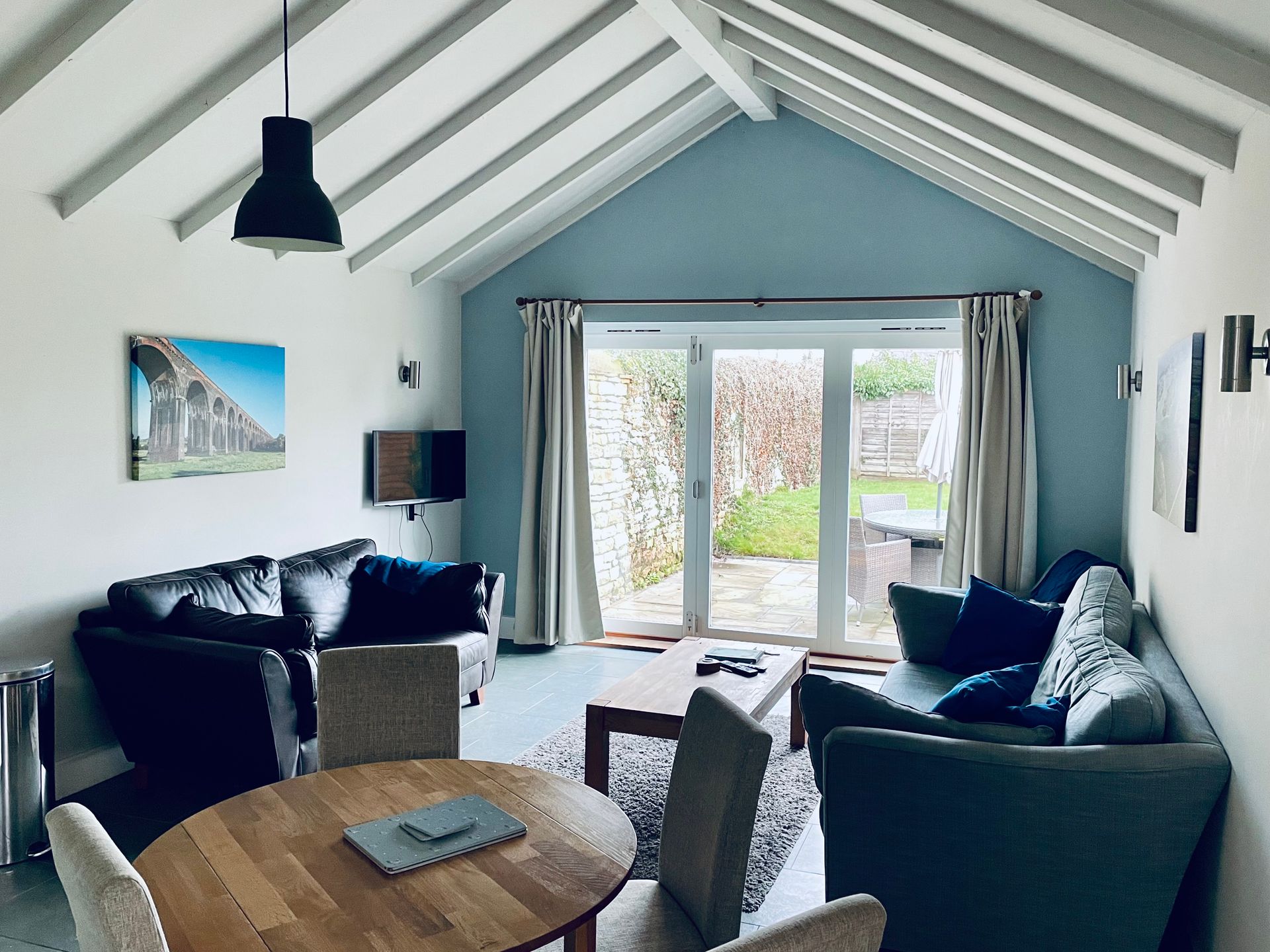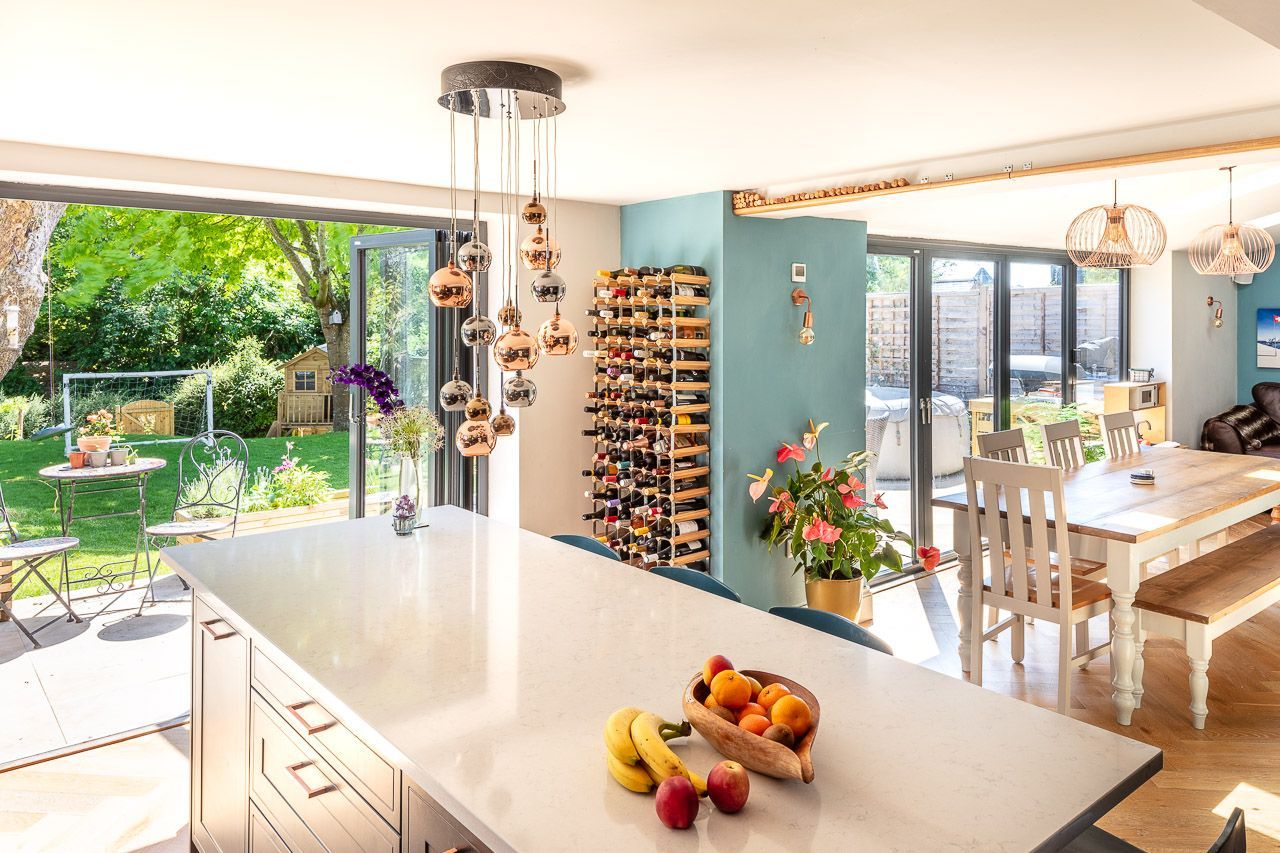Getting Your Budget Right from the Start
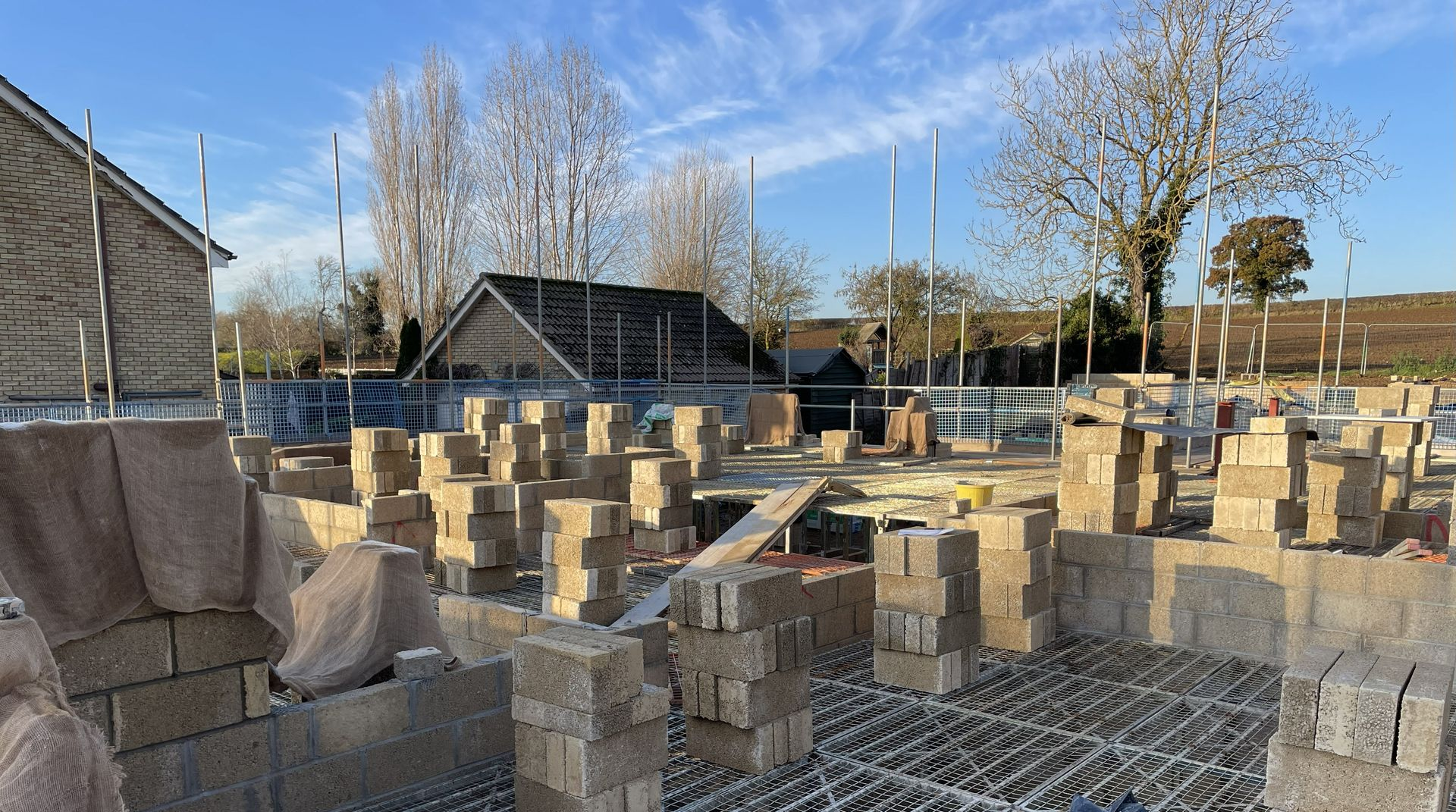
Setting a realistic budget is one of the most important steps in any building project. In this guide, we explain how to plan your budget with confidence — from understanding build costs and typical cost breakdowns, to how our detailed Quantity Surveyor costing stage helps clients gain greater cost certainty at RIBA Stage 3.
Let’s be honest — talking about money isn’t the most glamorous part of a building project. But it is one of the most important. Whether you’re planning an extension, a refurbishment or something more bespoke, getting your budget right from the start can save you time, stress and costly surprises later on.
1. Why Most People Struggle With Budgeting (and Why You Don’t Have To)
Budgeting for construction can feel overwhelming — especially when you don’t know where to start.
You’re not expected to know what things cost. What matters is being open, asking questions, and expecting clear, honest guidance from your architect.
“When budget conversations are transparent and realistic, your project runs more smoothly.”
A clear budget helps your architect design within your means, reduces surprises, and gives you control over your choices.
2. Why Being Honest About Your Budget Helps Everyone
It can feel awkward to talk money early on, but being upfront is one of the best things you can do.
When we know your budget from the start, we can:
- Design within your means
- Offer creative, cost-savvy alternatives
- Provide an accurate service fee
- Avoid wasted time or false expectations
- Flag potential cost issues early
There’s no such thing as a “wrong” budget. Whether you’re working with £50k or £500k, being open helps us guide your design toward what’s achievable.
3. What Your Project Budget Should Actually Include
It’s easy to think of your budget as just “the build cost,” but there’s more to consider.
Here’s a realistic breakdown of how a total project budget is usually distributed:
- Construction (labour, materials, site setup) 55–60%
- VAT (20% on extensions, 0% New build) 20%
- Finishing touches (kitchens, bathrooms, landscaping, etc.) 10–15%
- Contingency 10%
- Professional fees 8%
- Permissions and approvals 2%
A Worked Example: 40 sqm Extension
Let’s take a
single-storey rear extension of around 40 sqm, built to a good standard at about
£2,500 per sqm (plus VAT).
That gives a
base construction cost of roughly £100,000 + VAT — and, once you include all associated costs, a realistic total project cost of around
£190,000.
Here’s how that might break down:
Construction (main works) £100,000
VAT(20%) £29,000
Finishing touches (kitchen, flooring, lighting, etc.) £25,000
Contingency 10% £18,000
Professional fees 8% £15,000
Permissions and approvals 2% £4,000
total project budget £191,000
This example gives a realistic picture of what a high-quality domestic extension might cost — including everything from design fees and permissions to VAT and a sensible contingency allowance.
Tip: Contingency and VAT are often underestimated. Building in both early gives you a far more accurate and less stressful financial picture.
Figures correct as of 2025 and may vary depending on location, specification and site conditions.
4. Understanding Build Costs
A good benchmark for most professionally managed extensions, refurbishments or new builds is around £2,500 per square metre (plus VAT).
That figure assumes a well-designed, standard-quality build, managed by a main contractor.
Example build costs
- 30 sqm extension: approx. £75,000 + VAT
- 40 sqm extension: approx. £100,000 + VAT
- 50 sqm extension: approx. £125,000 + VAT
Build costs can vary depending on:
- Location: higher in London and the South East
- Specification: high-end finishes increase costs quickly
- Complexity: split levels, tight sites or unusual shapes add time and labour
- Procurement route: self-managed builds can save money but require significant oversight
Your architect can help you test what’s realistic for your goals before design work goes too far.
5. How We Help Clients Gain Cost Certainty
(Our RIBA Stage 3 QS Costing Stage)
We know cost confidence is essential — which is why we offer a detailed costing stage during design development.
Around RIBA Stage 3 — typically before or just after planning permission — we work with an independent Quantity Surveyor (QS) to prepare a detailed cost estimate.
This provides:
- A clear, itemised breakdown of anticipated construction costs
- Visibility of how design decisions affect your budget
- Time to adjust scope or specification early
- Greater cost certainty before moving into technical design and tender
“By understanding the financial picture at this stage, you can make informed choices and move forward with confidence.”
6. How to Define a Budget That Works for You
If you’re not sure what your budget should be, ask yourself:
- What can I comfortably afford to spend?
- What’s my absolute ceiling?
- Do I have a buffer for surprises?
- Will the investment make sense in the local market?
Setting limits isn’t restrictive — it’s empowering. It helps us tailor your design to your priorities and protect you from disappointment later.
7. Design to Your Budget — Not the Other Way Around
It’s easy to fall in love with a dream design and then try to make the numbers fit. But a smarter approach is to let your budget shape the design.
A good architect will find creative, thoughtful ways to make your space beautiful and achievable — but only if they know what you’re working with.
And remember: those “£150k dream homes” you see on TV often exclude VAT, professional fees, and paid labour. Real-world projects are more complex — and that’s okay.
8. How to Keep Your Project on Budget
Once you’ve set your budget, protect it by:
- Avoiding mid-project changes unless absolutely necessary
- Being realistic about upgrades (do you really need the marble worktop?)
- Trusting your team when they flag cost risks
Budget discipline isn’t about restriction — it’s about ensuring your money is spent where it matters most.
9. Ready to Plan With Confidence?
If you’re planning a project and feeling unsure where to begin with budgeting, let’s talk.
We can help you understand what’s realistic for your goals — and guide you through every stage, from early feasibility to detailed cost planning — so you can move forward with confidence and clarity
